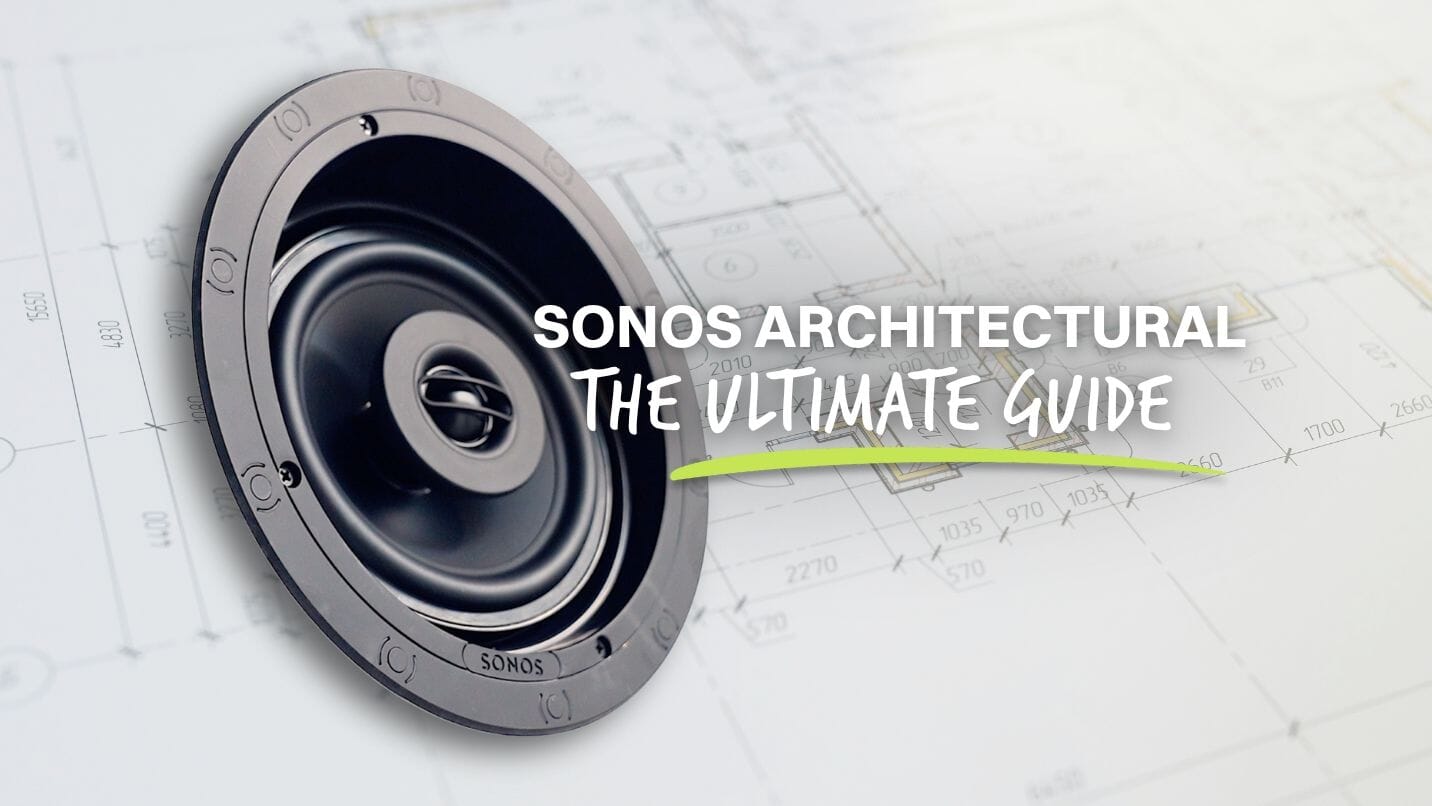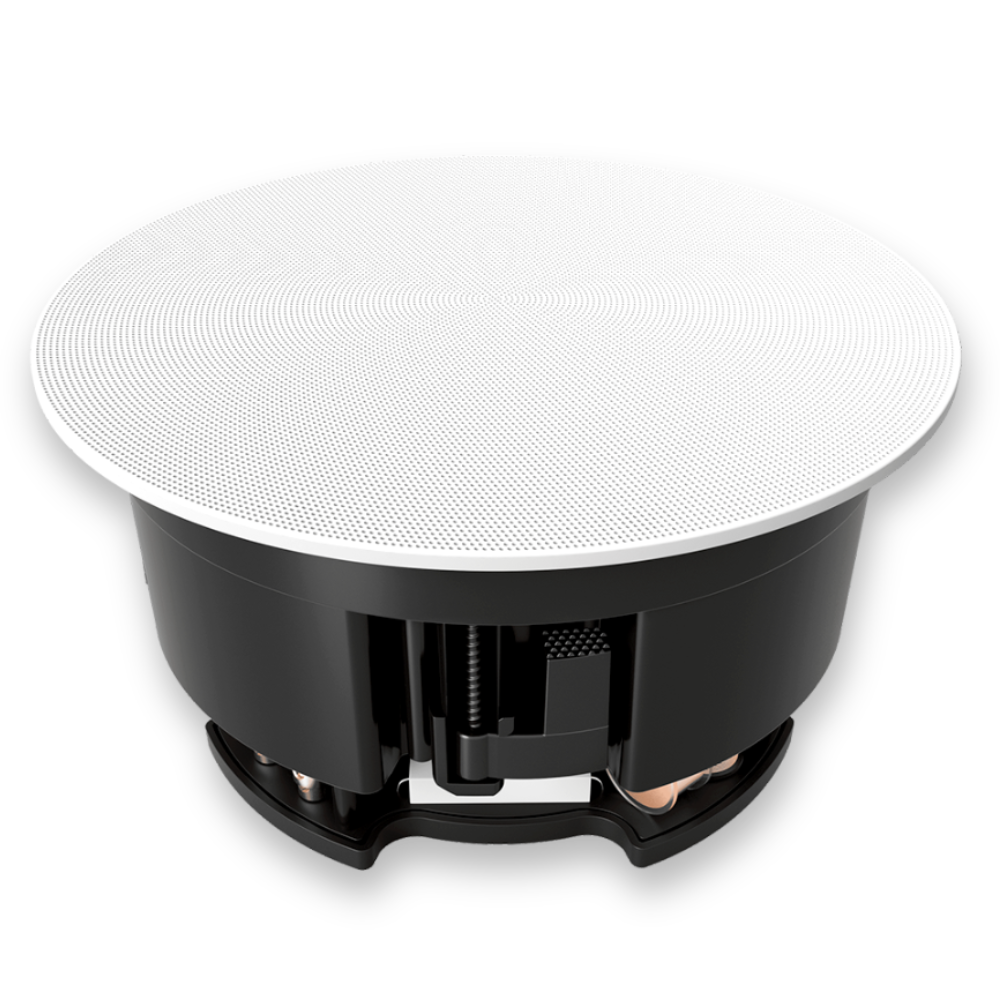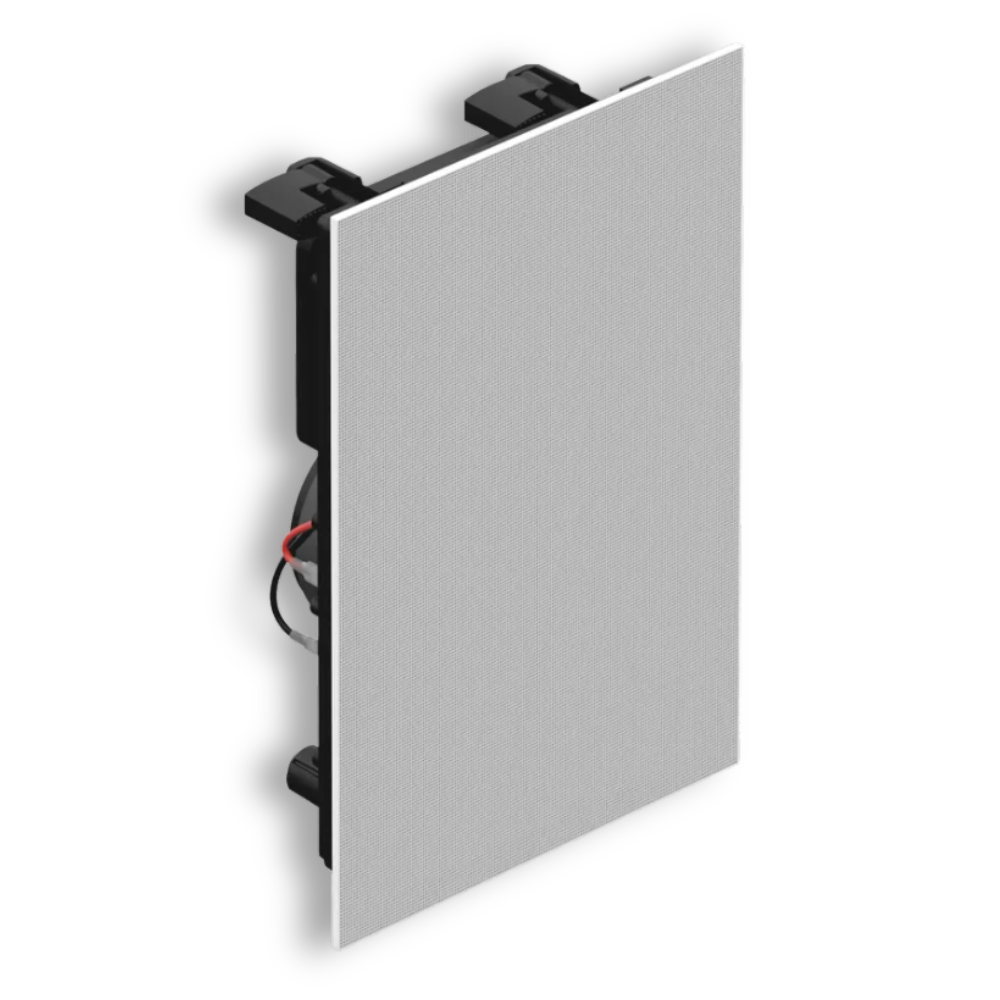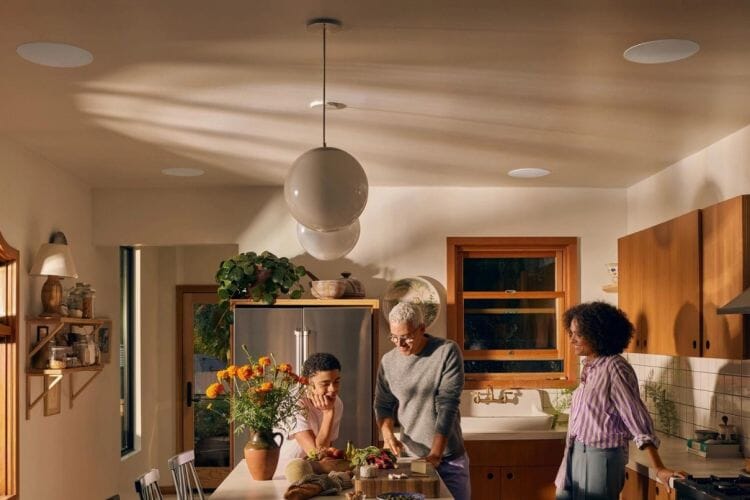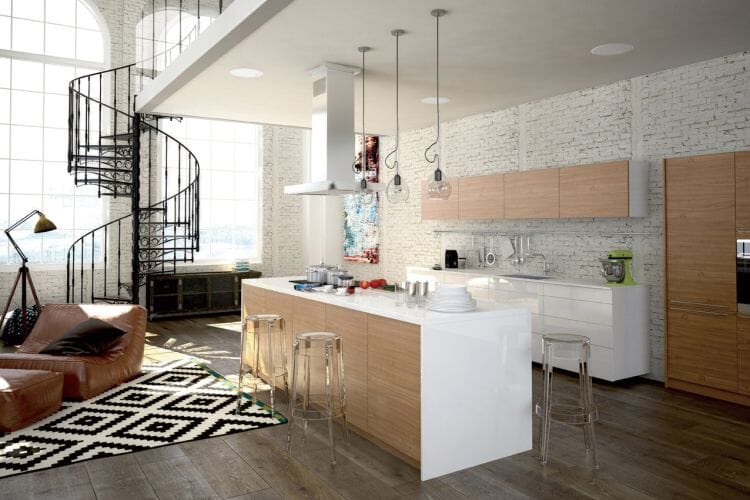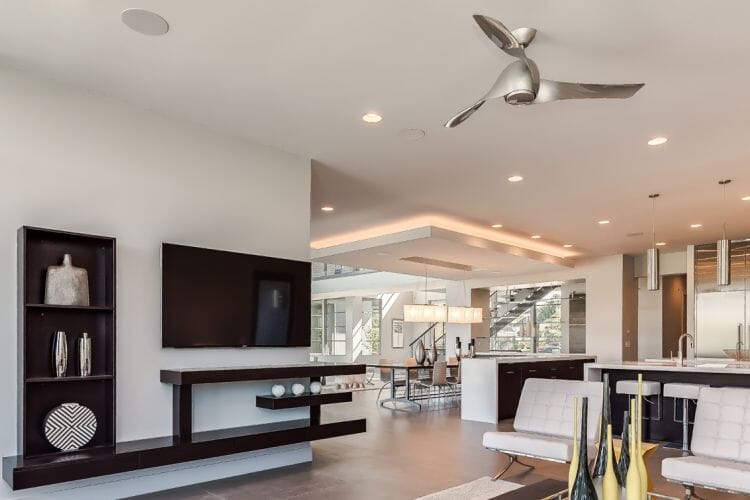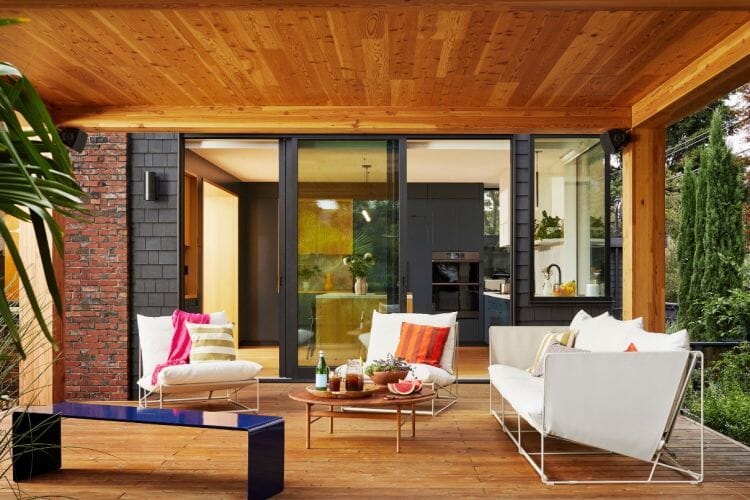Your Complete Guide to Sonos In-Ceiling, In-Wall & Outdoor Speakers
Looking for premium sound without bulky speakers? Sonos Architectural Speakers deliver incredible audio while blending perfectly into your home. Designed with Sonance, the range includes in-ceiling, in-wall, and Outdoor Speakers that blend in with your environment, creating a clean, modern look.
Paired with the Sonos Amp, these speakers offer flexible streaming and cutting-edge sound for everything from home cinema to multi-room music. They integrate effortlessly with existing Sonos setups, making them a powerful upgrade for any home.
At Smart Home Sounds, we have years of experience designing and installing Sonos systems. In this guide, we share expert tips to help you choose the right speakers, optimise your installation, and get the best performance for your space.
Jump to product-specific information:
Explore our range or book a free consultation with our team to plan the perfect setup! All Sonos products bought with Smart Home Sounds come complete with a FREE 6 year extended warranty, FREE delivery and with 0% finance available.
What Are Sonos Architectural Speakers?
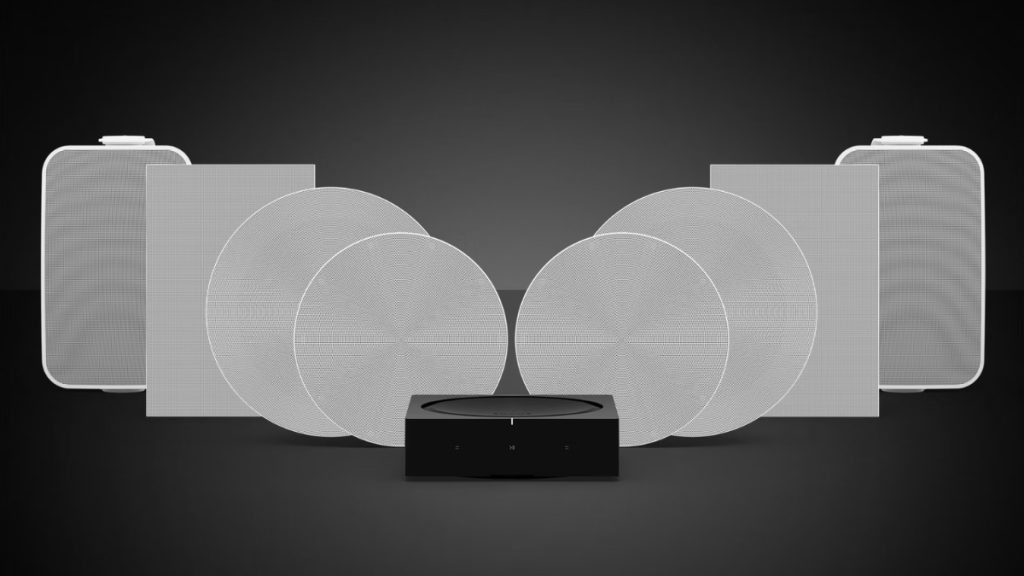
Sonos Architectural Speakers are a discreet, high-performance solution for homes where sound quality matters as much as design. Developed with Sonance, they install flush into walls, ceilings, or outdoor spaces, providing powerful audio while remaining almost invisible.
One of their biggest advantages is the space-saving design. By being built directly into the structure, they free up valuable floor and surface space, making them ideal for rooms where a clean, uncluttered look is a priority. This minimalist approach appeals to anyone wanting a modern interior without sacrificing sound performance.
These speakers work seamlessly within the Sonos ecosystem and are powered by the Sonos Amp, which delivers dynamic power and enables Trueplay tuning to adapt sound to the room’s acoustics. For new builds, renovations, or tailored audio upgrades, they offer an elegant way to enjoy immersive Sonos sound without any real visible hardware.
How Do Sonos Architectural Speakers Work?
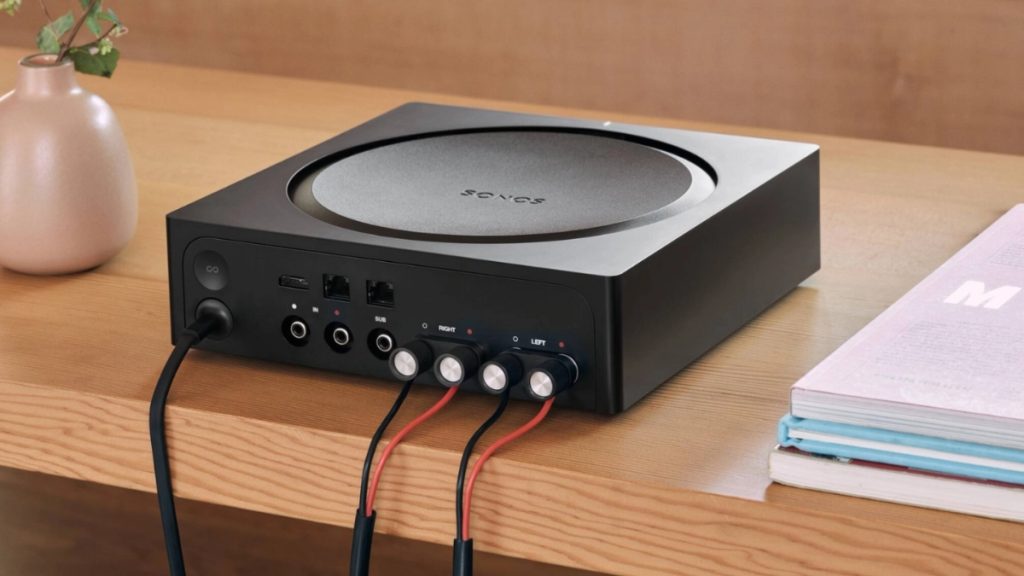
Unlike wireless Sonos speakers, Sonos Architectural Speakers are passive, meaning they require an external amplifier to function. Unlike wireless speakers like the Sonos Era 100 and Era 300, they are designed to be powered by the Sonos Amp, which drives the speakers through cables concealed within walls or ceilings. This keeps the installation clean while delivering the full performance potential of the speakers.
Because installation requires access behind surfaces, the ideal time to fit them is during a home extension, renovation, or new build. Once they’re installed, they become a permanent feature of your home audio system, requiring no ongoing maintenance.
The Sonos Amp is more than just a power source. It sends a signal that reads the unique impedance values of each architectural speaker, allowing it to apply digital signal processing (DSP) tailored to the exact setup. This means the sound is optimised specifically for the speakers you’re using.
When paired with Sonos Architectural Speakers, the Amp also unlocks Trueplay tuning. This feature analyses your room’s acoustics and fine-tunes the output for a balanced, spatially aware sound.
Once everything is installed, control is effortless through the Sonos app. From there, you can access over 80 streaming services, radio, and podcasts, or group multiple Amps to play music across your entire home, or set different rooms to different tracks at the same time.
🗣️ Pro Tip: Use a high-quality speaker cable (Sonos recommends 16 gauge or thicker) to ensure the best performance from your system.
For a deeper dive into setup and features, watch our Sonos Amp Lowdown or read our full Sonos Amp review.
Sonos In-Ceiling Speakers

The Sonos in-ceiling speakers are designed to vanish into your home while delivering exceptional sound. Their paintable, flush-fit grilles let them blend seamlessly with any ceiling, creating a clean, minimalist finish. Once installed, all you’ll notice is the immersive, evenly dispersed audio filling the room.
For an inside look at how they perform check out our hands-on Sonos In-Ceiling Speaker Review.
Sonos in-ceiling speakers come in two sizes:
Sonos 6-inch Ceiling Speakers RRP: £699 Per Pair (See Latest Price) |
| Driver size: 6.5-inch pivoting woofer Tweeter size: 1-inch pivoting tweeter Cut-out diameter: 8.25" (210 mm) Mounting depth: 4.73" (120 mm) Coverage angle: 100° dispersion Best For: Most rooms, delivering balanced sound for all types of listening. |
Sonos 8-inch Ceiling Speakers RRP: £999 Per Pair (See Latest Price) |
| Driver size: 8-inch pivoting woofer Tweeter size: 1.2-inch pivoting tweeter Cut-out diameter: 10.12" (257 mm) Mounting depth: 5.32" (135 mm) Coverage angle: 100° dispersion Best For: Larger areas or when you want a more dynamic, room-filling sound. |
Sonos 6-inch vs 8-inch In-Ceiling: Which Should You Choose?
Deciding between the 6-inch and 8-inch models mainly comes down to room size, desired sound impact, and installation requirements. Both deliver excellent performance, but each suits different scenarios. As a general rule of thumb, we suggest:
-
Choose the 6-inch if you’re installing in most standard rooms and want clear, balanced sound that works in almost any setting.
-
Go for the 8-inch if you’re covering a larger or open-plan space and want greater bass, wider coverage, and fewer speakers to fill the room.
Prefer to read? For a more detailed breakdown of performance, check out our Sonos 6" vs 8" In-Ceiling Speakers comparison blog.
How Many Sonos In-Ceiling Speakers Do You Need?

The number of Sonos in-ceiling speakers you need depends on several factors, including room size, ceiling height, layout, and how you plan to use them. Getting this right is crucial for achieving even coverage and avoiding sound “dead spots”.
For most homes:
-
Small rooms (up to 150 ft² / 14 m²) – one pair is typically enough to provide balanced, immersive sound.
-
Medium rooms (150–400 ft² / 14–37 m²) – one to two pairs, depending on whether you want background music or a more enveloping soundstage.
-
Large rooms (400–500 ft² / 37–46 m² and above) – two or three pairs may be needed to maintain even coverage, especially in open-plan spaces.
Other Factors to Consider
Ceiling Height: Sound spreads out in a cone shape. Higher ceilings allow sound to disperse more widely, so fewer speakers may be needed compared to rooms with lower ceilings.
Listening Zones: If you only want sound in a specific area (e.g., a seating zone for home cinema), a single pair positioned correctly may be all you need.
Room Shape: L-shaped rooms or spaces with partitions may require additional speakers to avoid uneven coverage.
For multi-room installations or custom layouts, getting expert advice ensures you achieve perfect coverage and performance. At Smart Home Sounds, we offer a free ceiling speaker design service to help you plan the ideal number, size, and placement for your space.
Learn more and take advantage of our expertise in our Free Ceiling Speaker Design Service blog
Where Should You Place Sonos In-Ceiling Speakers?

Getting speaker placement right makes a huge difference to sound quality. The goal is to create even coverage and a balanced soundstage where you actually listen.
For Music Listening
-
Position the left and right speakers around 1.8 to 3 metres apart to create a natural stereo image.
-
Your main listening spot (for example, your sofa or kitchen island) should ideally sit centrally between the two speakers.
-
Avoid clustering them too close together, as this narrows the soundstage.
For Home Cinema
-
Use the same spacing principles for your front in-ceiling channels, but for rear or surround speakers, place them 0.6 to 1.8 metres behind the primary seating area and around 2–3 metres apart.
-
This layout enhances the sense of depth, making effects and ambient sounds feel more immersive. Just be aware that while Sonos in-ceiling speakers are not Dolby Atmos “height” channels in the same sense as up-firing speakers, careful placement can still enhance the vertical sense of sound.
🗣️ Pro Tip: Always plan placement around where you’ll spend the most time listening, not just what looks symmetrical on paper.
If you're looking for placement diagrams and examples from installs, we'd recommend taking a look at the Sonos In-Ceiling By Sonance installation manual.
How to Connect Sonos In-Ceiling Speakers to Your TV

Using in-ceiling speakers as the front left and right TV speaker provides an aesthetic alternative to using a soundbar for boosting your TV audio volume levels.
It’s so simple to set up too. All you need to do is connect the Sonos Amp directly to the TV via your TV’s HDMI-ARC or eARC connection. Then you’ll just need to tell the Sonos app how you’re using the Sonos Amp - is it for rear surrounds, front stereo pair or for music only?
If your TV does not have an HDMI-ARC or eARC connection, you can get an HDMI to optical converter and use the TV’s optical input instead.
The Sonos Amp also has an IR receiver, allowing you to pair your existing TV remote with the Amp for volume control. This has the dual benefit of not needing to use the Sonos app every time to turn volume up and down, and you can keep using the same TV remote you’ve always used.
Sonos In-Ceiling Speakers vs Sonos Era 300
When deciding between Sonos in-ceiling speakers and the Sonos Era 300, it comes down to whether you prefer a custom-installed solution or a standalone immersive speaker.
Why Choose Sonos In-Ceiling Speakers?
-
Custom Integration: Installed flush with your ceiling, they completely disappear from view.
-
Room Coverage: Multiple speakers can be used to evenly fill any size space.
-
Flexible System Design: Perfect for multi-room audio or as part of a larger home cinema powered by Sonos Amp.
-
Aesthetic Appeal: No visible hardware, ideal for modern interiors.
Why Choose Sonos Era 300?
-
Plug-and-Play: No installation required. Simply plug it in and start listening.
-
Immersive Audio: Features Dolby Atmos for spatial sound, creating a three-dimensional listening experience from a single unit.
-
Versatility: Can be repositioned or moved to different rooms if needed.
-
Lower Upfront Cost: No installation fees or Amp required.
We will be working on a full Sonos Ceiling Speakers vs Era 300 comparison, where we’ll cover sound quality, setup, and real-world use cases in greater depth. Stay tuned for this detailed guide.
Are Sonos Ceiling Speakers Worth It?

For many homeowners, Sonos in-ceiling speakers are absolutely worth the investment. They combine the premium sound quality Sonos is known for with a discreet design that blends perfectly into modern interiors. When paired with the Sonos Amp, they also unlock Trueplay tuning, ensuring the sound is optimised for your space.
When They’re Worth It
-
You want seamless, high-quality sound without visible hardware.
-
You’re planning a home renovation, extension, or new build, making installation straightforward.
-
You’re building a multiroom audio system or home cinema where aesthetics matter as much as performance.
-
You value expandability, with the option to add more speakers or zones over time.
When to Consider Alternatives
-
You’re not able to run speaker cables or cut into ceilings.
-
You prefer a portable or flexible setup without installation.
-
You want immersive Dolby Atmos in a single unit, where the Sonos Era 300 may be a better fit.
Still deciding if they’re the right fit for your home? Check out our Sonos In-Ceiling Speaker Review: Still Worth It in 2025? for hands-on insights, real-world installation tips, and our expert verdict.
Sonos In-Wall Speakers
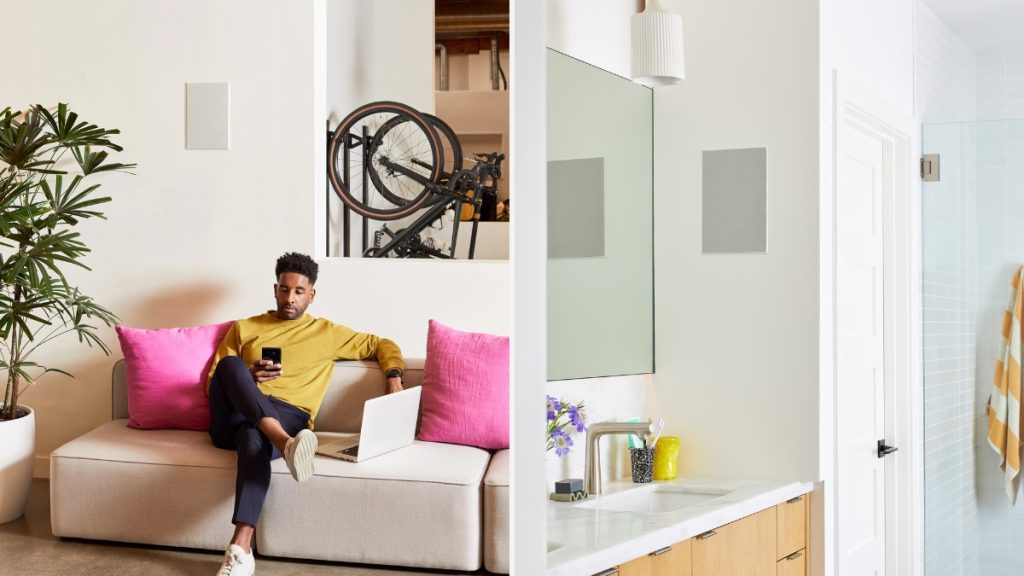
Sonos in-wall speakers share many qualities with the in-ceiling range, but their installation at ear level gives them an advantage for focused, directional sound. Because they project audio directly into the listening area, they’re particularly well-suited to home cinema setups, where clear dialogue and precise sound placement are essential for an immersive experience.
These speakers are often chosen for front left/right channels in a surround system or as part of a dedicated media room, delivering a sound experience that feels closer to what you’d expect in a commercial cinema.
While in-ceiling speakers are more popular for multi-room audio and casual listening, in-wall models excel when you want a cinematic soundstage anchored to the screen.
Sonos In-Wall Speaker Key Features
Ear-Level Projection: Directs sound toward the listener for better clarity, especially for dialogue.
Cinematic Performance: Perfect for home theatres where immersive, screen-focused sound is a priority.
Seamless Integration: Flush, paintable grilles maintain a clean, built-in aesthetic.
Trueplay Optimisation: When paired with Sonos Amp, sound is tuned to match the room acoustics.
System Flexibility: Can be combined with in-ceiling speakers for a hybrid setup that balances surround effects and precise dialogue.
Installation Overview
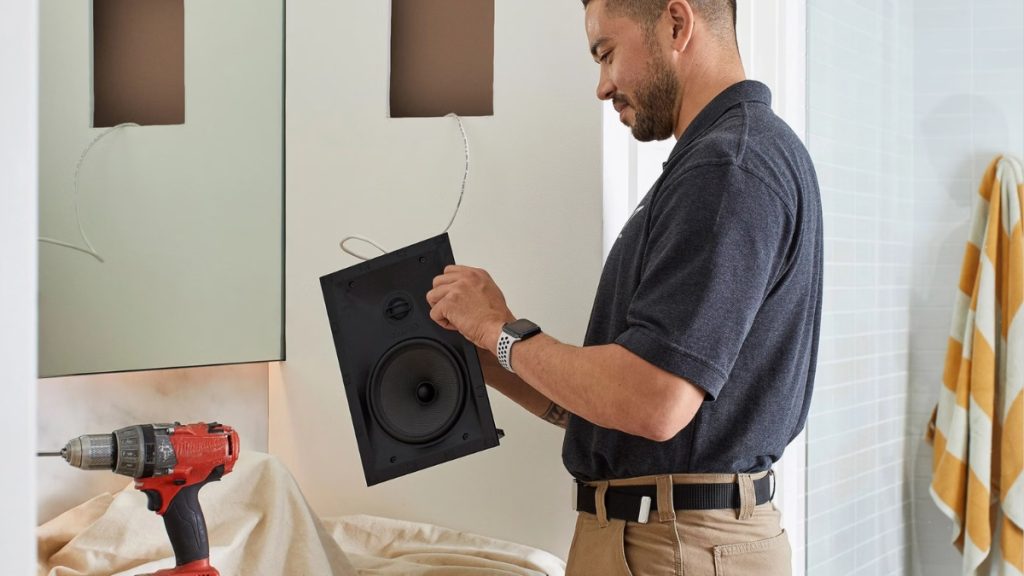
Installing Sonos in-wall speakers is more complex than setting up a plug-and-play wireless speaker. These are architectural speakers that require cutting into your walls, running speaker cables, and connecting everything to a Sonos Amp. The Amp itself needs to be positioned somewhere accessible, such as an AV cupboard or equipment rack, with mains power and WiFi available.
Because installation involves structural modifications, factors like wall material, stud spacing, and room dimensions all affect what’s possible. For this reason, professional installation is highly recommended. An experienced installer can ensure the speakers are positioned optimally for sound quality and can design a custom configuration that works for your space.
Placement Guidelines:
-
Avoid Corners: Leave at least two feet (0.6 m) between each in-wall speaker and the perpendicular wall to prevent early reflections that can cause distortion or reverberation.
-
Ear-Level Mounting: Position them so the tweeters sit around 5–7 feet (1.5–2.1 m) from the floor, aligning with the listener’s ears when seated.
-
Home Cinema Use: When using them as surround channels, mount them on the side walls, about 2–6 feet (0.6–1.8 m) behind the main seating area, to create an immersive rear sound field.
🗣️ Pro Tip: Every room behaves differently. Consulting with a professional ensures that your home’s unique acoustics and layout are factored into the design.
Sonos Outdoor Speakers

Sonos Outdoor Speakers by Sonance bring premium Sonos sound to your garden, patio, or any exterior area, delivering music that performs beautifully in all weather conditions.
Built to withstand rain, UV rays, humidity, and temperature fluctuations, these speakers are weatherproof and designed for permanent installation. Unlike portable options, they integrate seamlessly with your Sonos Amp for continuous, high-quality outdoor audio that works as part of your whole-home system.
Want some inspiration? Read our Best Sonos Outdoor Setups guide for some ideas of where to start!
Features & Installation
Weatherproof Design: IP66-rated to handle year-round outdoor conditions.
Power & Performance: Each speaker features a high-excursion woofer and pivoting tweeter for dynamic, detailed sound across open spaces.
Amp Integration: The Sonos Amp powers up to three pairs (six speakers), more than most third-party options, while enabling advanced DSP tuning.
Trueplay Tuning: When used with identical speakers, the Amp’s Trueplay™ technology optimises audio for your outdoor environment.
Flexible Mounting: Speakers can be mounted on walls, under eaves, or in covered patios, with weather-rated cables for durability.
Placement & Planning Tips
-
Aim for Gathering Areas: Direct speakers towards patios, seating zones, or dining spaces for the most enjoyable listening experience.
-
Avoid Mounting Too High: Keep them at a height where sound reaches listeners directly rather than dispersing into open air.
-
Number of Speakers: Small patios may need just one pair, while larger gardens often benefit from two or three pairs (all driven by one Amp).
-
Plan Ahead: Use outdoor-rated speaker cable and route it safely back to the Amp located indoors.
🗣️ Pro Tip: For the ultimate outdoor experience, read our Sonos Outdoor Speakers Review: The Ultimate Garden Upgrade? where we share hands-on testing and recommendations.
Are Sonos Outdoor Speakers Worth It?
For homeowners who want consistent, integrated outdoor audio without the hassle of portable speakers, Sonos Outdoor Speakers are a fantastic investment. They provide powerful, clear sound and blend perfectly into the Sonos ecosystem, creating a true garden upgrade.
Sonos Architectural Speakers: Our Final Thoughts
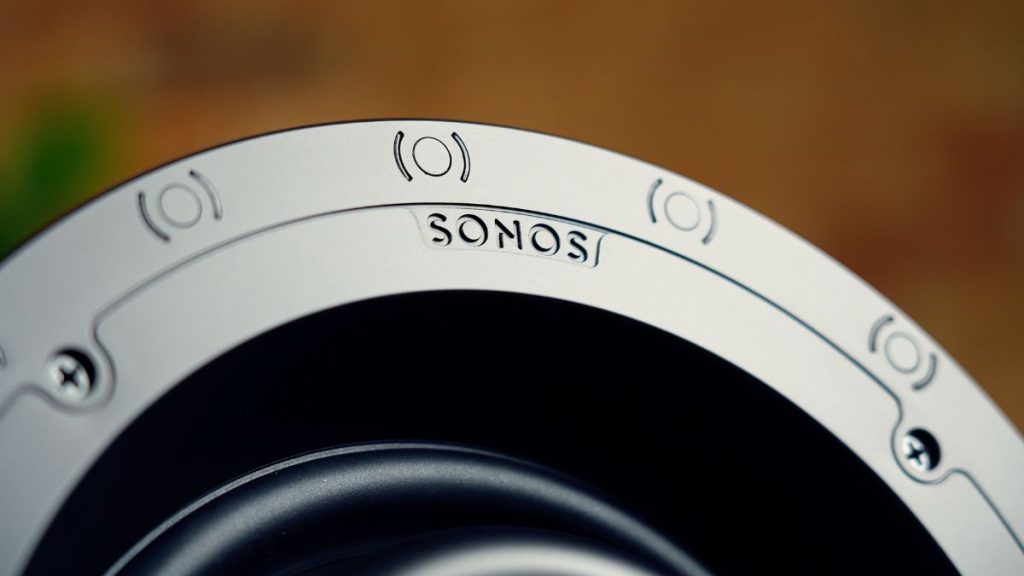
Sonos Architectural Speakers offer a premium, custom-installed audio solution that can transform how you experience music and film throughout your home. Whether you choose in-ceiling, in-wall, outdoor, or a combination of all three, they deliver exceptional sound while blending seamlessly into your living spaces.
At Smart Home Sounds, we’ve helped thousands of customers design the perfect architectural setups. Explore our in-depth reviews and guides, or make use of our Free Ceiling & Outdoor Speaker Design Service to create a system tailored to your home.
Talk to one of our friendly advisors today!
Learn More
Sonos Amp: What is Dual Mono mode and do I need it? >>
Sonos & Ceiling Speakers for a Home Extension or New-Build >>
The Complete Guide to Sonos & Ceiling Speakers for your home >>



